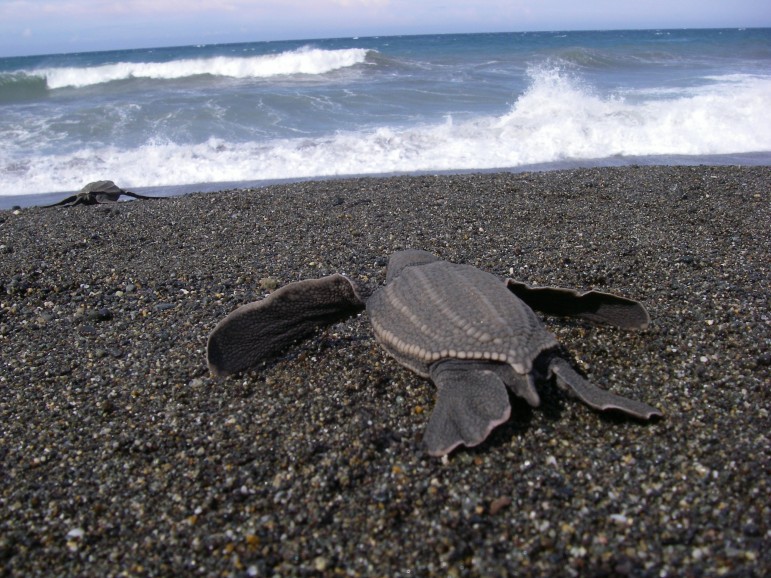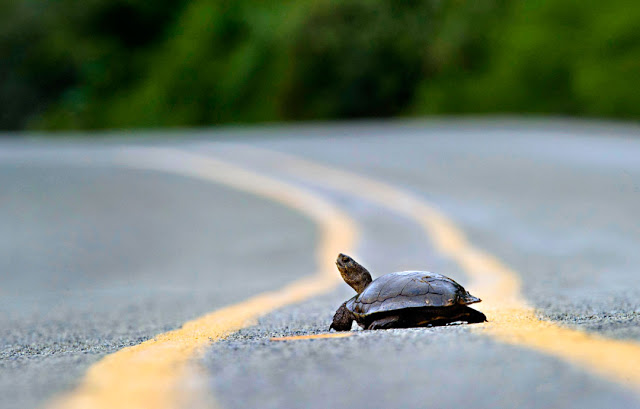The 11th annual Endangered Species Day is May 20th, 2016! Endangered Species Day was created by Congress in an effort to raise awareness of the many endangered, threatened, and at risk species and the critical role they play in their environments.
Many zoos, parks, wildlife refuges, museums, schools and community centers, among other participants, will host educational events to promote and celebrate Endangered Species Day and the reasons behind its creation. To find an event near you, visit http://www.endangered.org/campaigns/endangered-species-day/

Endangered Species Day raises awareness about the many endangered species we have in our own communities. For example, did you know Florida has more endangered species than any other Atlantic state? Population growth coupled with habitat loss, tourism, and pollution are just a few factors that have imperiled many species in our state. In addition, Endangered Species Day is also a great time to celebrate success stories, like the recovery of the green turtle, the alligator, and the bald eagle.Thanks to the significant strides we have made under the Endangered Species Act, we are celebrating more and more success stories with each passing year.

Photo retrieved from Endangered Species Coalition
For decades all sea turtles in U.S. waters have been listed under the Endangered Species Act, which was created in 1973.They are protected by the NOAA Fisheries in the ocean and by the U.S. Fish and Wildlife Service (USFWS) in their beach nesting habitats along U.S. coasts. In the United States threats to sea turtles include habitat loss, pollution and disease, boat strikes, entanglement in marine debris and accidental capture in fisheries. However, unlike other species of sea turtles, green turtles interact less with fisheries, which has contributed significantly to their recovery and made them an Endangered Species Act success story. During the nesting season of 1990, fewer than 50 green sea turtles were documented at the Archie Carr National Wildlife Refuge on Florida’s east coast. By 2005, there were just over 3,000 nests. In the most recent nesting season of 2015, green sea turtles set a new record with 14,152 nests! This comeback makes green turtles one of the greatest conservation success stories of our time. The species’ success can be attributed to the Endangered Species Act, STC and all other supporters who worked tirelessly to give green turtles a fighting chance.

Green Sea Turtle by Julie Suess
Sea turtles are not the only species that have had huge success stories thanks to the Endangered Species Act. Many species you may encounter on a regular basis in Florida were once on the brink of extinction. In the 1950s, the American alligator had nearly been hunted to extinction, but thanks to habitat protections and strong hunting regulations, their population from North Carolina to Texas has increased to about 5 million. The brown pelican was dramatically impacted by loss of habitat, but under the Endangered Species Act, they have made a strong comeback, and were officially removed from the endangered species list in 2009. Our national bird, the bald eagle, numbered in the hundreds in the 1960s, but with protection and the elimination of the pesticide DDT, which made eggs to fragile to hatch, its numbers have soared to over 14,000 breeding pairs today. The Endangered Species Act protects 1,357 species of animals (694 U.S. species) and 901 species of plants (898 U.S. species), and has prevented their extinction, which in turn helps to maintain healthy and sustainable ecosystems and a healthy planet.
On Endangered Species Day celebrate the Act’s successes and keep the momentum going!
1. Learn about endangered species
The best way to protect endangered species is learning about them and why they’re important. So teach yourself and educate those around you about the value of endangered species and why they are worth saving in their own right. STC’s educational program empowers sea turtle groups throughout Florida, provides educational materials and uses the concept of sea turtle migration tracking as an online educational tool. Learn more about endangered species by visiting the official site of the US Fish and Wildlife Service at www.fws.gov/endangered
 2. Visit a national wildlife refuge, park or other open space
2. Visit a national wildlife refuge, park or other open space
These places are home to a lot of different species, and preserving an endangered species’ habitat is essential to protecting the species. You can help by visiting a refuge close to where you live and become a volunteer. The Archie Carr National Wildlife Refuge in Florida is a major safe haven for sea turtles. About 25 % of Florida’s sea turtle nesting occurs in the Refuge.
3. Make your home wildlife friendly
Secure garbage in shelters or cans with locking lids and feed pets indoors to avoid attracting wild animals to your home. Taking these actions can keep animals like raccoons, which are sea turtle predators, away. Reduce your use of water in your home and garden so animals that live in or near water can have a better chance of survival. If you live on the beach you can make your home sea turtle friendly by implementing sea turtle lighting.
4. Plant native plants
Native plants provide food and shelter for native animals. You can plant sea oats on the beach to help prevent dune erosion and provide habitat for sea turtle nesting. STC conducts native dune vegetation planting to provide an additional buffer to reduce or eliminate unwanted light on the beach and to enhance nesting habitat at various project sites in the Florida panhandle.
5. Stay away from herbicides and pesticides
Herbicides and pesticides may keep yards looking nice, but they are in fact hazardous pollutants that affect wildlife at many levels. Many herbicides and pesticides take a long time to degrade and build up in soil and throughout the food chain. For alternatives to pesticides, visit http://www.beyondpesticides.org.
hazardous pollutants that affect wildlife at many levels. Many herbicides and pesticides take a long time to degrade and build up in soil and throughout the food chain. For alternatives to pesticides, visit http://www.beyondpesticides.org.

Photo by Robin Loznak
6. Slow down when driving
One of the main obstacles for wildlife in developed areas is roads. Animals that live in developed areas navigate in areas full of human hazards and roads present wildlife with a dangerous threat. So when you’re driving, slow down and be on the lookout for wildlife. You should also apply these practices while boating to avoid harming sea turtles and other endangered species in the water.
7. Recycle and buy sustainable products
Recycle anything that can be recycled and buy sustainable products as a simple gift to nature and its species. We love reusable glass straws from Strawesome and snack bags from LunchSkins!
8. Never purchase products made from threatened or endangered species
Overseas trips can be exciting and fun, and everyone wants a souvenir. But sometimes the souvenirs are made from species nearing extinction. Avoid supporting the market for illegal wildlife products such as tortoise-shell, ivory and coral. Hawksbill sea turtle shells are often used to be made into sunglasses, jewelry and other trinkets because of their beautiful shell pattern.
9. Stand up for wildlife
Harassing wildlife is cruel and illegal. Harmful behavior such as disturbing and distracting sea turtles is illegal and can be reported by calling any of the numbers listed on our website.
10. Protect wildlife habitat
Perhaps the greatest threat that faces many species is the widespread destruction of habitat. Environmental issues such as oil and gas drilling and development result in habitat destruction. Habitats belonging to endangered species should be protected so the impact on endangered species is minimized.
Any effort to help an endangered species is appreciated, so participate and celebrate national Endangered Species Day on May 20th, 2016!